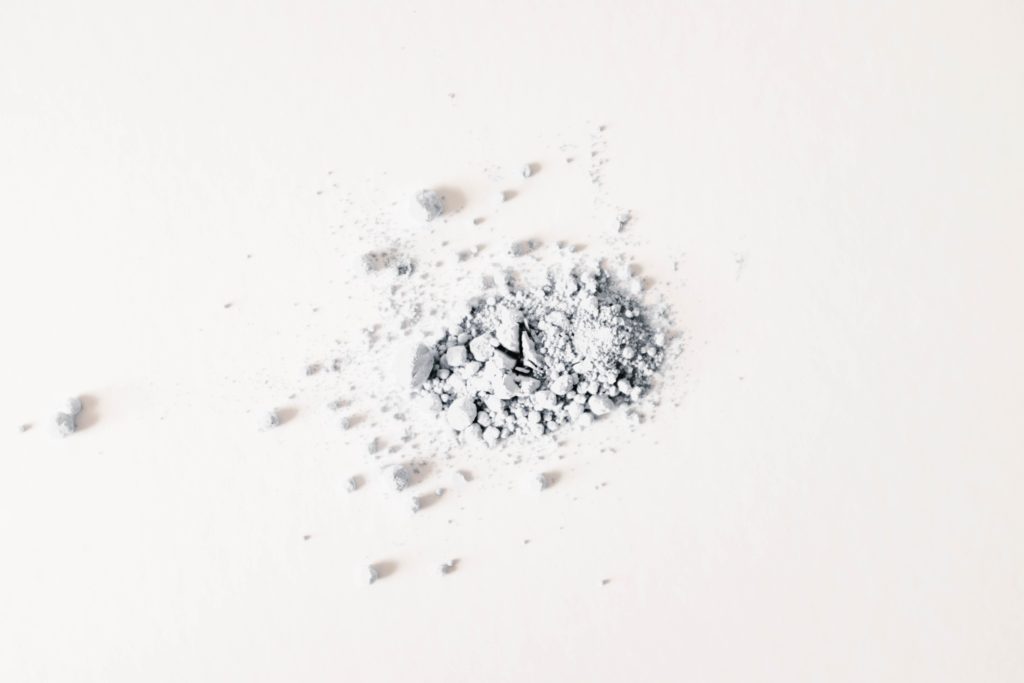A Closer Look at Fentanyl
Synthetic opioids like fentanyl are now responsible for fifty-nine percent of overdoses as of 2017. Fentanyl is surging in news reports lately and the reason why is clear.
Opioids in general are an uncontrolled epidemic that officials have been trying to contain for years. But with the added rise in fentanyl addiction, the issue is now that much harder to control. It begs the question of what makes fentanyl such a formidable rising addiction. And why is it so dangerous? Let’s explore what fentanyl is as well as its established and rising dangers.
What is Fentanyl?
Fentanyl is a synthetic opioid up to one hundred times more powerful than morphine. Its use is in the treatment of severe chronic pain, usually associated with an advanced cancer diagnosis. Fentanyl in medical treatment is referred to as pharmaceutical fentanyl and is administered in the form of a patch applied to the skin. Conversely, illegal or “street” fentanyl is often a white powder similar in appearance to heroin and cocaine. People sell synthetic fentanyl on pieces of blotter paper and dissolved in eye droppers or nasal sprays that are less conspicuous to administer. Some common street names for fentanyl include apace, china girl, china white, dance fever, and poison.
Side Effects
Prolonged use of fentanyl will build up a tolerance against the drug and eventually lead to addiction. Some side effects of prolonged exposure to fentanyl include extreme euphoria, nausea, confusion, constipation, difficulty breathing, and unconsciousness.
Overdose
The initial reaction a person shows during an overdose is extreme exhaustion. A person experiencing a fentanyl overdose is hard to rouse from sleep, their breathing is shallow, and they may even pass out. As the overdose progresses, a person will become limp, clammy, and have a low pulse rate. If they are light-skinned, they will have pale or blue/purple lips and fingers. For darker-skinned individuals, the inside of the lips may show some blue/purple discoloration.
Since fentanyl is a derivative of opioids, naloxone can be administered to halt and reverse a fentanyl overdose. Keep in mind that the effects of naloxone are temporary and professional medical assistance is still necessary to treat the overdose.
Dangers
In addition to fentanyl’s high rates of addiction and overdose, there is another layer of danger. It’s been commonly reported that fentanyl is being mixed with heroin to increase potency. Unfortunately, many individuals are unaware the heroin they are purchasing contains fentanyl—which often leads to complications, overdose, and death.
There is no tip or trick to detecting whether a substance contains fentanyl either. Fentanyl has no taste, smell, or other identifying characteristics. Compounding this danger is the added concern of mixing fentanyl with other sedatives like alcohol or Xanax. The risk of overdose significantly increases when opioids and sedatives are in combination. With the heightened possibility of mixing these substances unknowingly, it’s easy to understand the high overdose statistics for fentanyl.
Rainbow Fentanyl
Rainbow fentanyl is a new up-and-coming form of opioid that was recently discovered on the west coast. This fentanyl is aptly named rainbow fentanyl because it is dyed bright colors similar in appearance to popular children’s candy like Smarties. It’s also been reported to be pressed into large blocks that could be mistaken for children’s sidewalk chalk. These new developments are of course a concern to authorities and parents alike because rainbow fentanyl can easily be mistaken as candy in the eyes of a child. At this time, rainbow fentanyl does not seem to be any more dangerous or potent than regular fentanyl but authorities are still investigating.
Detox With Briarwood
Briarwood Detox Center offers detox treatment for alcohol, opioid, methamphetamine, prescription drugs, and much more. Our experienced clinical staff provides round-the-clock monitoring throughout the detox process and our therapy team provides support to help manage the emotional response to treatment. Additionally, we have detox facilities located in Austin, Houston, and Colorado Springs with state-of-the-art amenities.
Briarwood is dedicated to facilitating a healthy and safe environment that empowers people to make significant and lasting changes in their lives. We look forward to supporting you or your loved one on the journey to recovery. Call (512) 277 – 3103 today for more information on our programs and admission process.
Break Free From Your Addiction Today
(in 3 easy, confidential steps)

Verify your insurance
Complete our fast, free, and easy verification process over the phone to determine the extent of your insurance coverage.

Make an informed decision
We will provide personalized placement recommendations based on your insurance, treatment needs, financial situation, and schedule.

Contact us
Call (888) 857-0557 or fill out our online form for a free and confidential personal consultation with an admissions specialist.








